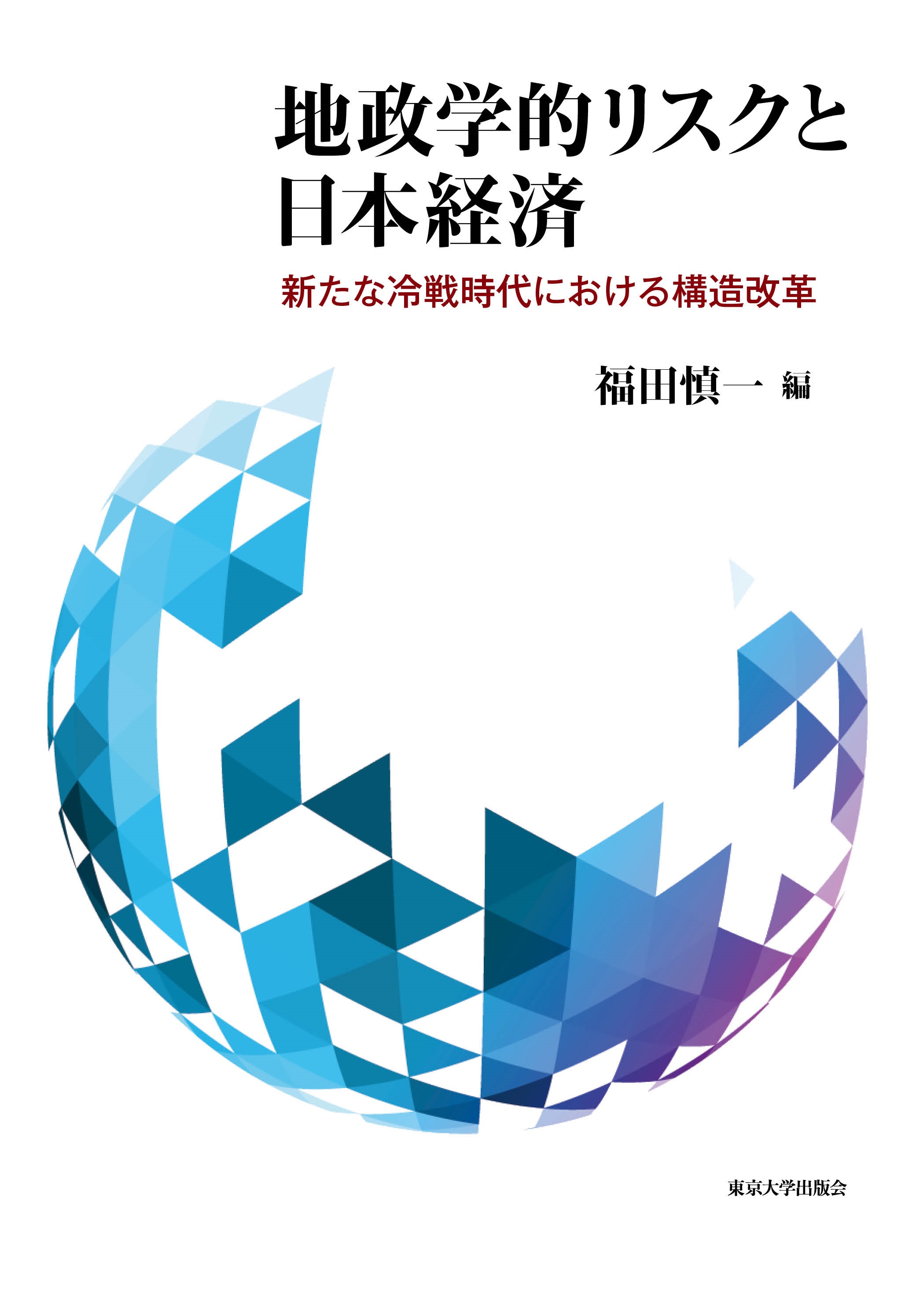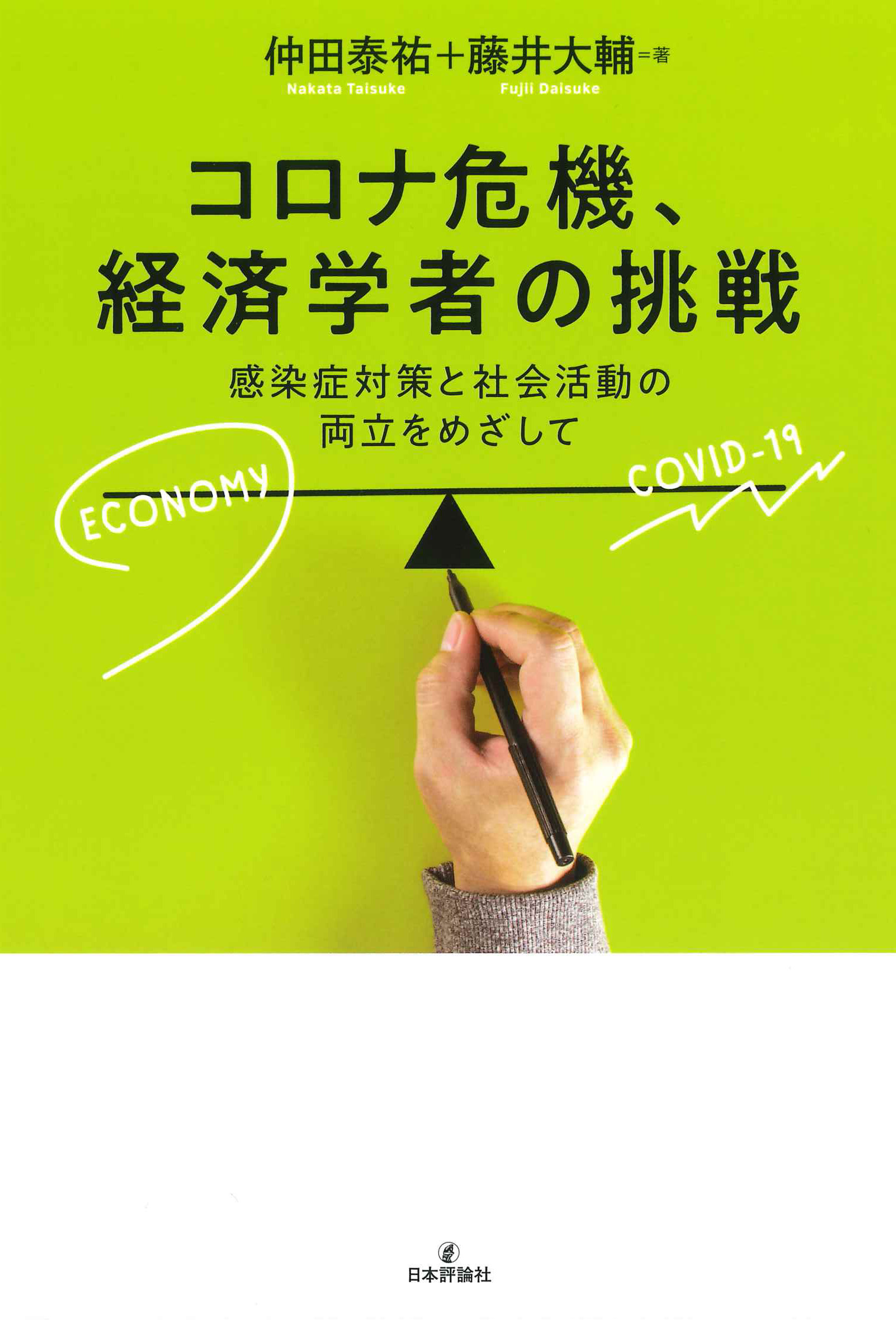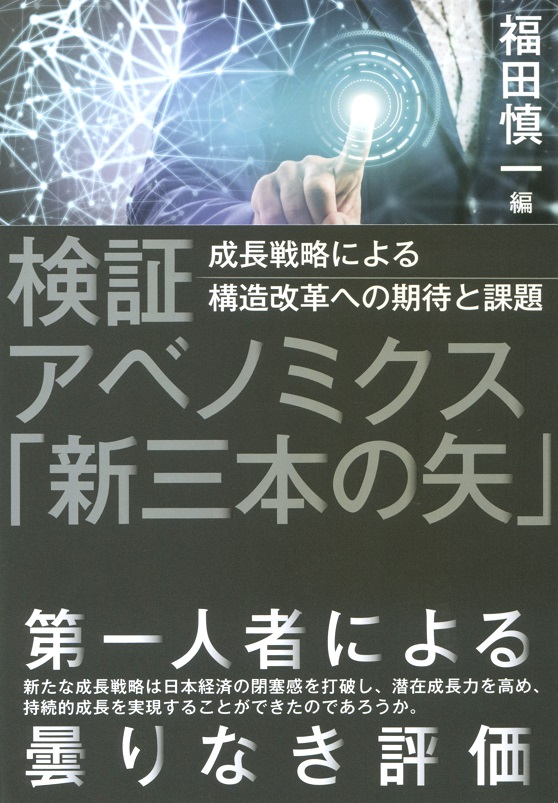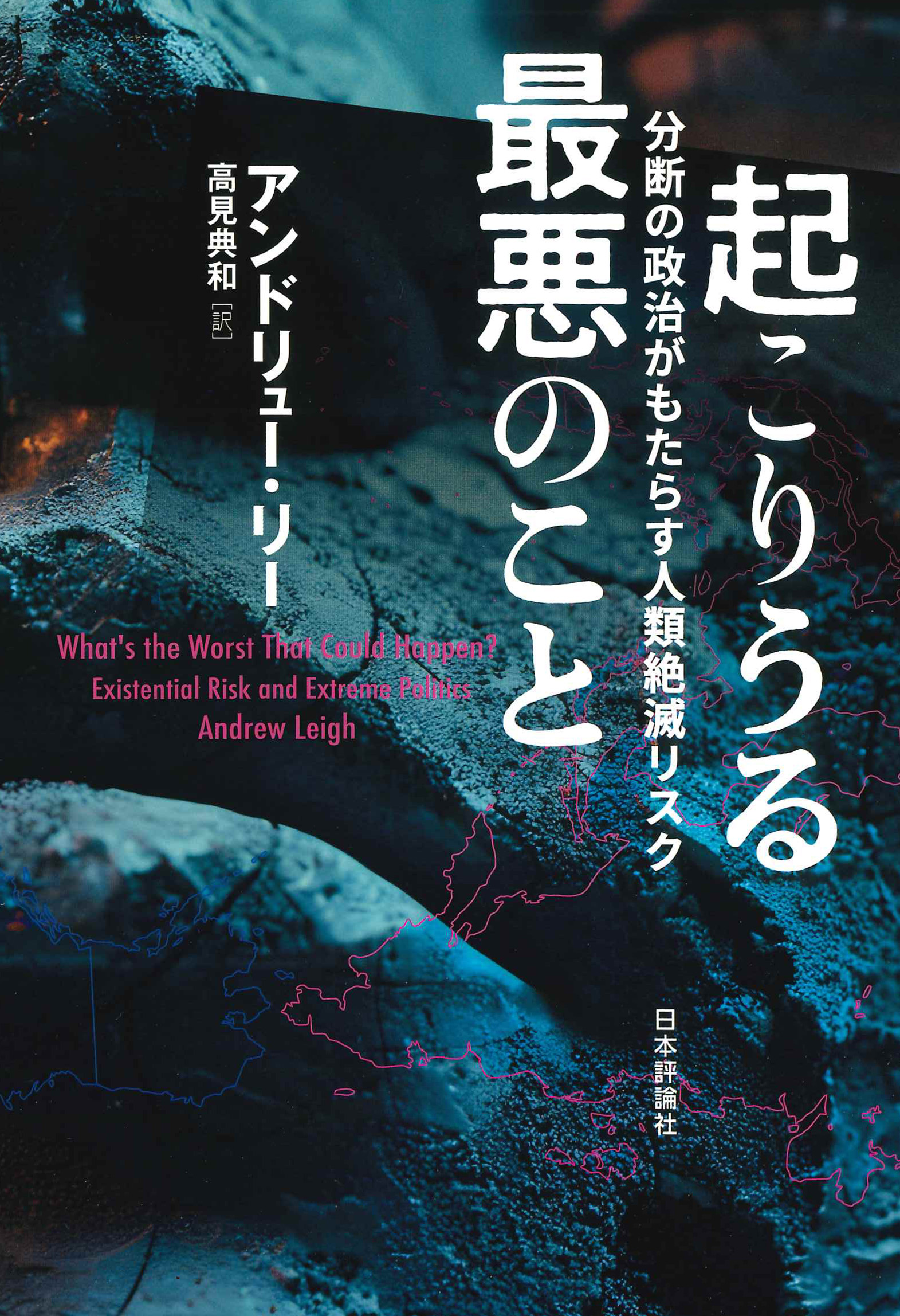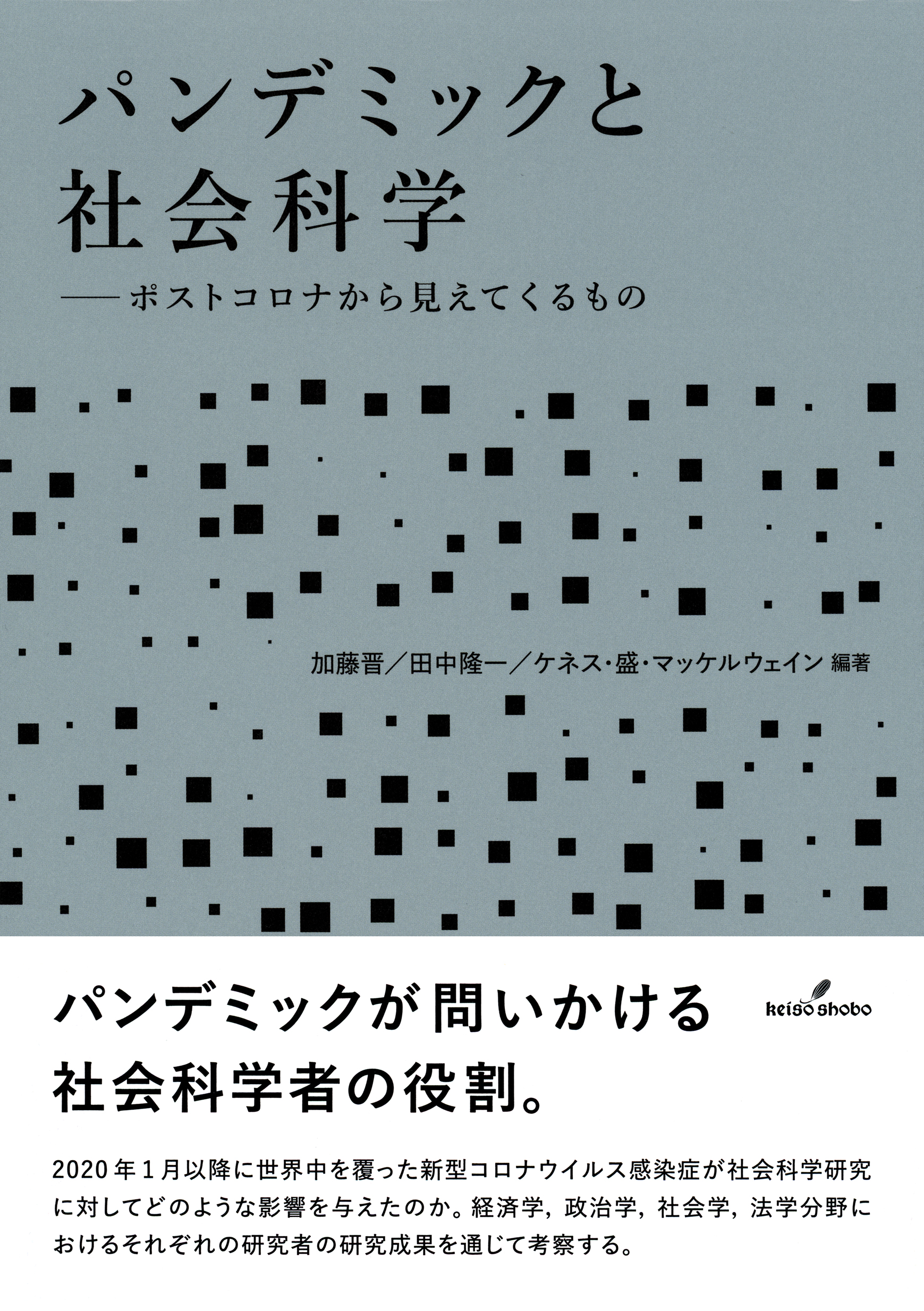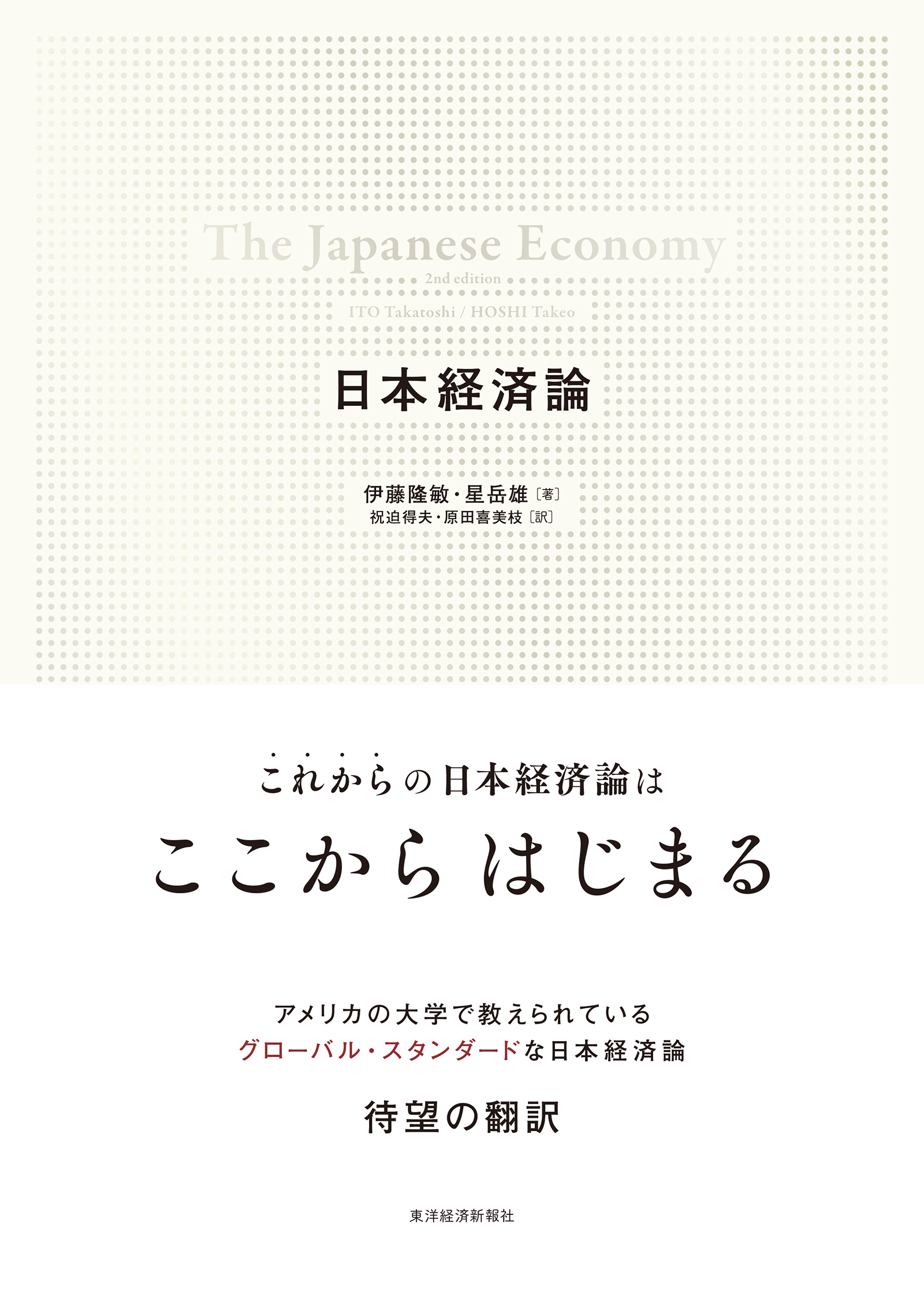
Title
Corona jidai no Nihon Keizai (The Japanese Economy during the COVID-19 Era - Structural challenges posed by the pandemic)
Size
280 pages, A5 format
Language
Japanese
Released
May 31, 2022
ISBN
978-4-13-040307-8
Published by
University of Tokyo Press
Book Info
See Book Availability at Library
Japanese Page
This book examines the Japanese economy during the “with COVID-19” era and the “post-COVID-19” era through a multifaceted investigation. It focuses especially on structural issues such as demographic changes and accumulated budget deficits, which were exacerbated due to the crisis, as well as new life styles utilizing information and communication technologies.
The publication of this book was planned only a few months after the outbreak of COVID-19. The damage to the economy was already severe, and the world economy was experiencing the worst pandemic-related recession in history. Meanwhile, there was much optimism at the time that the negative impacts of the pandemic would be over after about a year and that the economy would achieve a “V-shaped recovery.” However, the pandemic continued to linger longer than expected, and owing to this, the disparity caused by the “ability/inability to adapt to the new era” led to gaps forming in many areas. The theme of this book is to examine these structural problems that existed in the Japanese economy during the “with COVID-19” and “post-COVID-19” eras.
During the pandemic, people’s life patterns warped drastically and a so-called “new normal” emerged, characterized by adaptations such as telework or remote work, online videoconferencing; moreover, other work styles utilizing information and communication technologies became widespread. On the other hand, goods and services that people used to enjoy on a daily basis were deemed “unnecessary and non-urgent,” and industries unable to conduct business without face-to-face contact, such as the restaurant and travel-related industries, continued to suffer in the face of an uncertain future. In addition, in Japan, various structural problems that existed even before the COVID-19 crisis, such as the rapidly aging population and declining birthrate, became more serious after the “with COVI-19” era. In the process of recovery from the pandemic, how to overcome these structural problems was an important policy agenda. In this book, experts in various fields discuss the future of the economy and society in the new era of drastic change for a wide range of readers.
Unfortunately, even at the time of publication of this book, the pandemic had not yet been officially declared over. As such, the issues discussed in this book in the “post-COVID-19p era needed to be based in part on future projections. After publication, in the global economy in particular, new geopolitical risks such as Russia’s invasion of Ukraine and armed conflicts in the Middle East region have added to the uncertainty. The fragmentation of supply chains and the elevated goods and resource prices have led to an economic condition known as “stagflation” in which prices will rise and the economy will stagnate after 2022. The situation could worsen if geopolitical tensions expand further in the future. However, even in the face of new uncertainties, revitalizing the long-stagnant Japanese economy is as critical a task as ever. In addition to the further promotion of digitalization, new policy issues, such as addressing climate change, are also accumulating. In this sense, the structural issues addressed in this book remain important, and the utility of Japan’s efforts to reform them remains unaltered despite the radical changes in the global environment.
(Written by FUKUDA Shinichi, Professor, Graduate School of Economics / 2023)



 Find a book
Find a book


 eBook
eBook